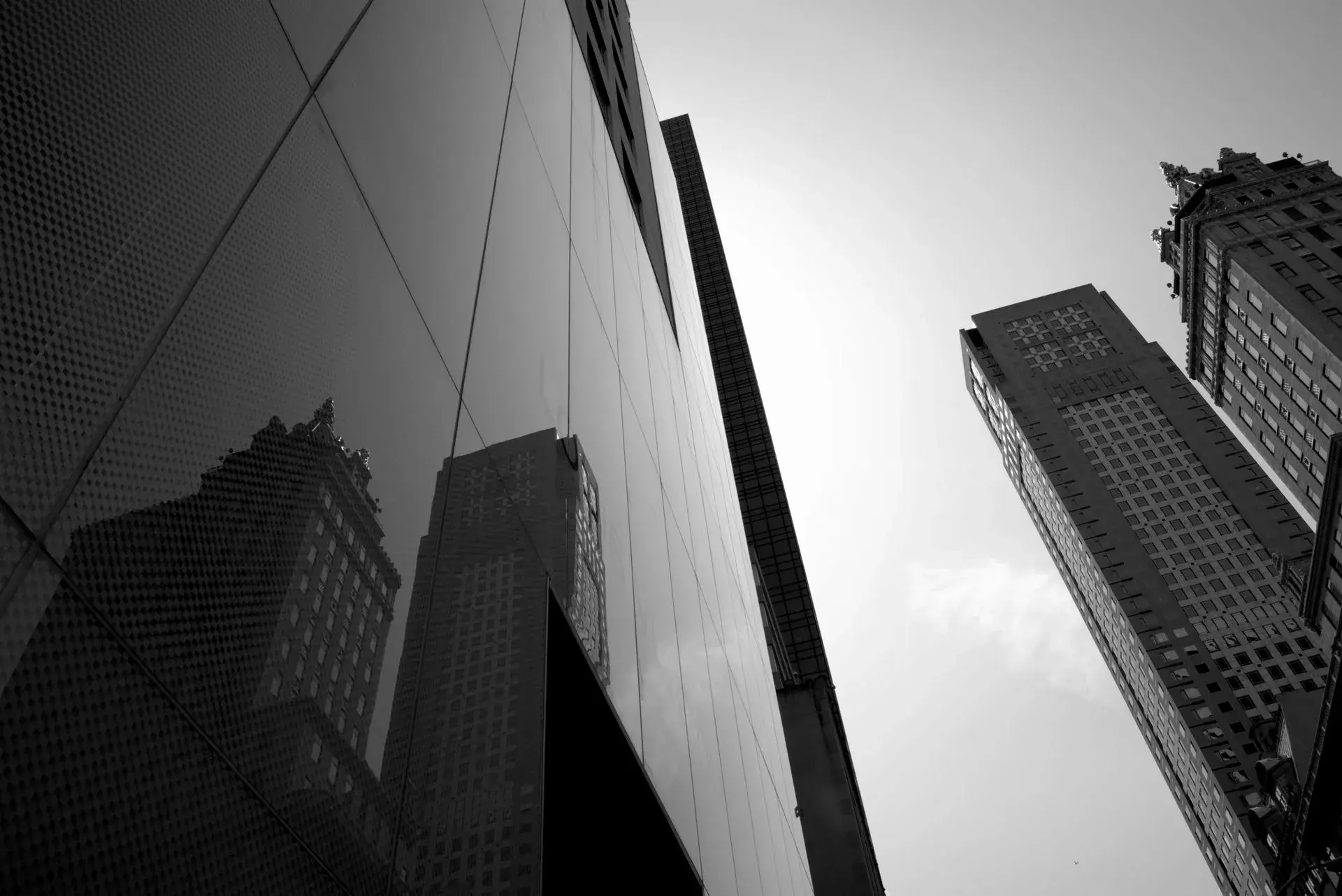Understanding the CAM Reconciliation Process for CRE Investing
Anthony A. Luna • March 3, 2021
CAM Reconciliation Process
Even as the economy shifts toward a post-pandemic world, commercial real estate investing continues to be a rewarding industry. That is mainly because these intelligent investors have figured out an efficient way for their money to make them more money. However, success in commercial real estate investing does not simply mean owning properties but rather managing them effectively. Part of good property management is understanding the CAM reconciliation process, how it works, and why it is so important to the bottom line.
What is CAM reconciliation?
In commercial real estate investing, it takes money to make money. The reality is that commercial properties have common areas that require continuous upkeep. Think about cleaning and security fees, trash and snow removal, landscaping and lawn care, parking lot and sidewalk repair, and other miscellaneous expenses—all of which are part of commercial real estate common area maintenance, or CAM.
Someone has to pay for that common area maintenance. For most commercial properties, it is written into the tenants’ leases that they will pay a prorated share of those CAM costs, based on the square footage of their space, which is a separate cost from their monthly base rent. Property managers, based on experience or prior years’ financial data, will estimate the total CAM costs for the year and then collect tenant payments monthly.
The CAM reconciliation process begins at the end of the year. It is the responsibility of the property manager to tally the full CAM costs for the year along with how much tenants have paid toward those CAM costs. If the tenants have underpaid for CAM, it is the property manager’s job to calculate the remaining balance and collect additional payment from the tenants. Conversely, if the tenants have paid more than the total CAM expenses, then the property manager must reimburse them accordingly.
Why is the CAM reconciliation process so important?
The CAM reconciliation process can be time-consuming and typically runs through the first quarter of each year. This is why many property managers neglect the CAM reconciliation process—the tedious labor involved is too straining on daily business operations. But failing to prioritize CAM reconciliation can lead to financial distress. Even seemingly small losses can quickly turn into major losses.
Let’s use an example. In a property where all the tenants lease roughly the same size spaces, you have collected $5,000 per tenant throughout the year, based on a previous estimation. Through CAM reconciliation, you realize that each tenant actually owed $6,000, a difference of $1,000. Multiply that thousand by the total number of tenants, and you have a several-thousand-dollar loss on your hands. If that were to occur on a yearly basis, what may seem like a minor hit compounds into a detrimental situation.
Doing the due diligence of CAM reconciliation is vital to the long-term success of commercial properties. If you own or manage commercial properties, or if you are looking to break into commercial real estate investing, you owe it to yourself (and your bottom line) to prioritize the CAM reconciliation process.
For more information about CAM reconciliation, check out George and Anthony’s full conversation on YouTube.
More about Coastline Equity
-
Property Management Services
 Learn More
Learn MoreOur team will handle all your property needs, offering specialized services such as in-depth inspections, liability management, staff recruitment and training, and round-the-clock maintenance—expert support tailored to the unique requirements of your real estate assets.
-
About Us
.webp) Learn More
Learn MoreOur dedicated team transforms property management challenges into opportunities. From tenant management to streamlined rent collection and proactive maintenance.
-
Property Management Excellence
 Learn More
Learn MoreAs a contributing author for Forbes, Anthony A. Luna brings a wealth of expertise and knowledge in the property management industry, real estate sector, and entrepreneurship, providing insights and thought-provoking analysis on a range of topics including property management, industry innovation, and leadership. Anthony has established himself as a leading voice in the business community. Through his contributions to Forbes, Anthony is set to publish his first book, 'Property Management Excellence' in April 2025 with Forbes Books.
-
Insights
 Learn More
Learn MoreLearn more about Coastline Equity's property management practices & processes and how we support our clients with education and a growth mindset.Coastline Equity Property Management is your partner as you continue to learn and grow.